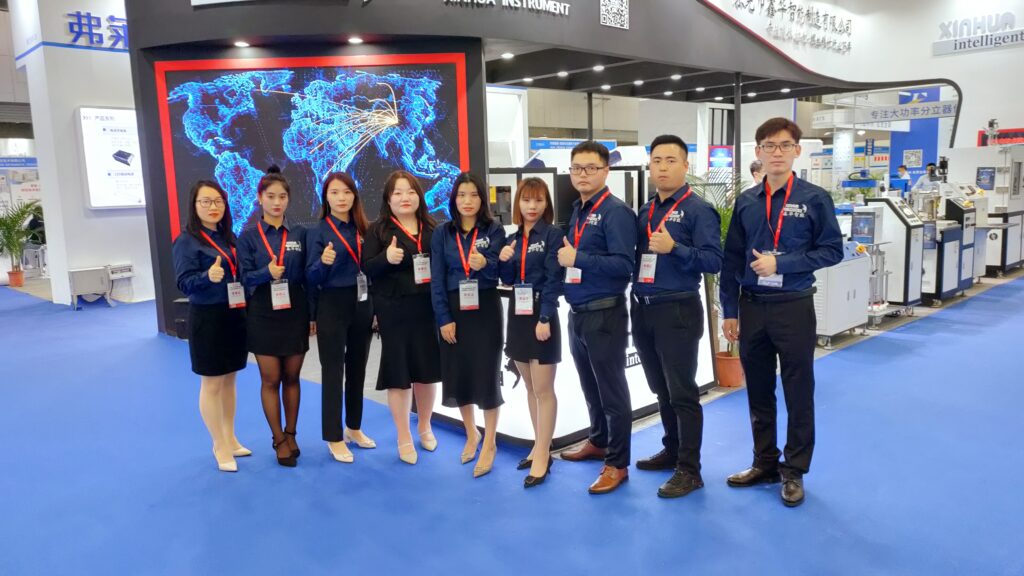An automatic screw driving machine is an automated system designed to efficiently and accurately fasten screws into workpieces, significantly improving speed, consistency, and reducing manual labor in assembly processes. This guide provides a comprehensive overview of these machines.

What is an Automatic Screw Driving Machine?
An automatic screw driving machine integrates several key components to automate the screw fastening process. These machines ensure:
- High Precision and Repeatability: Consistent torque and depth control for reliable fastening.
- Increased Productivity: Significantly reduces assembly times compared to manual screwdriving.
- Improved Product Quality: Minimizes errors like over or under-tightening, reducing damage and defects.
- Monitoring and Traceability: Records real-time data for quality verification and reduces scrap rates.
- Automation Scalability: Can be integrated into larger automated workflows.
- Safety Improvements: Reduces the need for direct manual labor in potentially repetitive or ergonomically challenging tasks.
- Cost Reduction: Lowers production costs by reducing labor and material waste.
Key Components
A typical automatic screw driving machine consists of the following primary components:
- Screw Feeding System: This unit is responsible for sorting, orienting, and delivering screws to the driving head. Common types include:
- Vibratory Bowl Feeders: Use vibration to orient screws and feed them along a track.
- Linear Feeders: Use a linear motion to advance screws.
- Rotary Bucket Feeders: Utilize a rotating bucket to pick up and present screws.
- Blow Feeders: Use air pressure to transport screws through a hose to the driving head.
Screw Driving Unit (Screwdriver): This is the core component that applies torque to fasten the screw. It can be:
- Pneumatic Screwdrivers: Powered by compressed air, offering high speed and torque.
- Electric Screwdrivers: Offer precise torque control and are often quieter. These can be AC or DC powered.
Controller: This unit manages the entire operation, coordinating the screw feeding and driving processes. Advanced controllers allow for programming of torque settings, speed, and fastening sequences.
Robotic Arm or Positioning System: For automated assembly lines, a robotic arm (SCARA, XYZ, or 6-axis) or a gantry system moves the driving unit to the correct fastening locations on the workpiece. Some machines have a fixed driving arm, and the component is moved.
Nosepiece: This is the interface between the screwdriver and the screw head, ensuring proper engagement. Different types exist for various screw head types (e.g., jaw, fin-jaw, magnetic).
Fixture: Holds the workpiece securely in place during the screw fastening process. It may include sensors (Poka-yoke) to ensure correct part placement.
Safety Mechanisms: Guards and emergency stop buttons to protect operators.
Working Principle
The general working principle of an automatic screw driving machine involves the following steps:
- Screw Feeding: The screw feeder selects and orients screws, then delivers them to the screw driving head via a track or air hose.
- Positioning: The driving head is positioned over the designated screw location on the workpiece, either by a robotic arm, a gantry system, or manual manipulation in handheld units.
- Fastening: The screwdriver extends (if necessary), engages with the screw head, and applies the programmed torque to drive the screw into the workpiece.
- Verification (Optional): Some advanced systems include sensors and controllers that verify the screw has been correctly fastened to the specified torque and depth.
Types of Automatic Screw Driving Machines
Automatic screw driving machines come in various configurations to suit different applications:
- Handheld Automatic Screw Drivers: Portable units with an integrated screw feeder, ideal for manual assembly tasks requiring speed and consistency.

- Fixed Automatic Screw Driving Machines: Stationary units typically integrated into assembly lines, where workpieces are presented to the driving head.
- Robot-Mounted Screw Driving Systems: The screw driving unit is attached to a robotic arm for automated fastening in complex or multi-point applications.
- Gantry Automatic Screw Drivers: Utilize an X-Y gantry system to move the screwdriver over a stationary workpiece.

- Desktop Automatic Screw Driving Machines: Compact, self-contained units suitable for benchtop assembly tasks.

Applications
Automatic screw driving machines are used across a wide range of industries, including:
- Electronics Assembly: Fastening components in circuit boards, mobile phones, and computers.
- Automotive Industry: Assembling vehicle parts, dashboards, and engines.
- Appliance Manufacturing: Assembling household appliances like refrigerators and washing machines.
- Aerospace: Precision fastening in aircraft components.
- Medical Device Manufacturing: Assembling intricate medical instruments.
- Toy Manufacturing: Efficiently assembling toy components.




